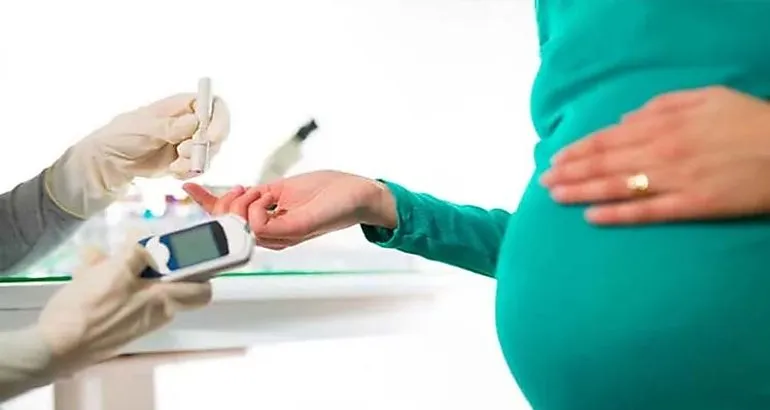Gestational diabetes (DG), which threatens the health of mothers and babies, can be detected in the tenth week of pregnancy with a glycosylated hemoglobin analysis (HBA1C).
In their research, the authors, of the National Institute of Children's Health and Human Development (Nichd), compared the results of the test in 107 women who developed DG with those of 214 who did not, reported in a statement.
Females with gestational diabetes had higher levels of HBA1C in early pregnancy (5.3 percent), compared to the other group (5.1 percent).
According to Nichd experts, each increase of 0.1 percentage points above the HBA1C of 5.1 percent at the beginning of gravity, was associated with high danger.
In the opinion of the authors, our results suggest that the HBA1C test could potentially help identify women at risk of DG in early pregnancy, when lifestyle changes may be more effective in reducing that threat.
Experts suggested the need for more research to confirm whether the HBA1C test in early pregnancy can determine the risk of blood glucose level at that stage.


